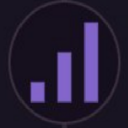-
 bitcoin
bitcoin $99177.955738 USD
-7.32% -
 ethereum
ethereum $3187.183061 USD
-12.38% -
 tether
tether $0.999809 USD
0.00% -
 xrp
xrp $2.117933 USD
-9.42% -
 bnb
bnb $906.710033 USD
-9.17% -
 solana
solana $149.367737 USD
-10.74% -
 usd-coin
usd-coin $0.999816 USD
0.01% -
 tron
tron $0.281498 USD
-0.38% -
 dogecoin
dogecoin $0.156292 USD
-8.00% -
 cardano
cardano $0.500744 USD
-10.19% -
 hyperliquid
hyperliquid $38.087358 USD
-4.58% -
 chainlink
chainlink $14.097831 USD
-8.54% -
 bitcoin-cash
bitcoin-cash $463.329916 USD
-9.22% -
 ethena-usde
ethena-usde $0.999078 USD
-0.01% -
 unus-sed-leo
unus-sed-leo $9.475862 USD
-0.79%
How to check your mining rewards on a pool?
Your mining earnings depend on your hashrate, pool reward system, and block discovery frequency—monitor your dashboard for real-time stats and payout details.
Nov 05, 2025 at 04:44 am
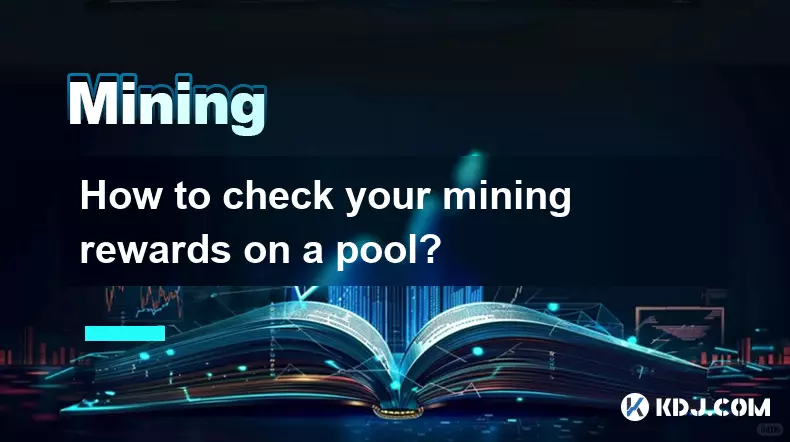
Understanding Mining Pool Reward Systems
1. Mining pools distribute rewards based on the work contributed by each miner. Different pools use various reward methods such as PPS (Pay Per Share), PPLNS (Pay Per Last N Shares), and PROP (Proportional). Knowing which system your pool uses is essential for interpreting your earnings correctly.
2. Each method calculates payouts differently. For example, PPS offers steady payments per share submitted, regardless of block discovery, while PPLNS depends on recent contributions when a block is found. This affects how frequently and how much you get paid.
3. Most pools provide a dashboard where miners can log in to view their hashrate, accepted shares, and estimated rewards. These metrics help determine if your mining hardware is performing optimally and submitting valid work.
4. The dashboard often displays real-time statistics including total pool hashrate, network difficulty, and blocks mined. These figures contextualize individual performance within the larger operation of the pool.
5. Some pools send periodic updates via email or support API access for third-party monitoring tools. Enabling notifications ensures you stay informed about significant changes in your mining output or account status.
Accessing Your Mining Dashboard
1. To check your rewards, navigate to the official website of the mining pool you are registered with. Use your worker credentials or account ID to log in securely.
2. Once logged in, locate the section labeled “Dashboard,” “Miner Stats,” or “Earnings.” This area typically shows your current balance, hashrate, and pending payouts.
3. Review the list of active workers under your account. Each worker should display its individual hashrate and connection status. Disconnected or low-performing workers may require troubleshooting.
4. Look for a transaction history or payout log. This record details past withdrawals, including timestamps, amounts, and transaction IDs on the blockchain.
5. Ensure two-factor authentication is enabled on your account to protect against unauthorized access, especially since wallet addresses and payout settings are sensitive information.
Interpreting Reward Data Accurately
1. Your daily earnings depend on both your contribution to the pool and the number of blocks successfully mined during that period. A drop in income might not reflect poor performance but could result from lower block discovery rates.
2. Compare your reported hashrate with the expected output of your mining rig. Significant discrepancies may indicate connectivity issues, stale shares, or misconfigured firmware.
3. Check the percentage of accepted versus rejected shares. High rejection rates suggest network latency or unstable hardware connections that need correction.
4. Some pools display an estimated time until payout based on your current balance and the pool’s minimum withdrawal threshold. Monitor this to anticipate when funds will be sent to your wallet.
5. Always verify that your wallet address is correct in the payout settings, as incorrect addresses lead to irreversible loss of funds.
Common Issues and Troubleshooting Tips
1. If your hashrate appears zero despite running miners, confirm that your workers are properly connected to the pool server. Network outages or firewall restrictions can disrupt communication.
2. Delayed rewards may occur due to the pool’s confirmation requirements. Certain coins require multiple block confirmations before distributing earnings.
3. Inaccurate stats sometimes stem from using outdated mining software. Regularly update your miner client to ensure compatibility with the pool’s protocol.
4. Contact pool support if discrepancies persist. Provide logs, worker IDs, and timestamps to help them investigate potential accounting errors.
Frequently Asked Questions
How often do mining pools distribute payments?Payment frequency varies by pool and coin. Some pools release funds automatically once a miner reaches a set threshold, while others operate on fixed schedules like hourly or daily.
What does 'pending balance' mean in a mining pool?A pending balance represents accumulated earnings that have not yet been transferred to your wallet. This amount becomes spendable only after the pool processes the payout according to its rules.
Can I change my payout address after starting to mine?Yes, most pools allow address changes through the account settings. However, modifications usually require email or 2FA verification for security reasons.
Why are my shares being rejected by the pool?Rejected shares often result from high ping to the server, overclocking instability, or mismatched mining parameters. Optimizing network routes and adjusting GPU/CPU settings can reduce rejection rates.
Disclaimer:info@kdj.com
The information provided is not trading advice. kdj.com does not assume any responsibility for any investments made based on the information provided in this article. Cryptocurrencies are highly volatile and it is highly recommended that you invest with caution after thorough research!
If you believe that the content used on this website infringes your copyright, please contact us immediately (info@kdj.com) and we will delete it promptly.
- Nano (XNO) Ignites: Volume Spike and Price Jump Signals Comeback?
- 2025-11-05 14:50:11
- Bitcoin's Bear Signal: Is a Collapse Incoming?
- 2025-11-05 14:40:15
- Nick Szabo, Bitcoin Future, and BTC: Navigating the Crypto Landscape in 2025
- 2025-11-05 14:50:01
- Bitcoin's Wild Ride: Saylor, Kiyosaki, and the Quest for $200K
- 2025-11-05 10:50:13
- Culex, Cardano, and Aster: A Crypto Cocktail of Mosquitoes, Dips, and CZ Fuel
- 2025-11-05 11:00:17
- Crypto Presales, Coin Growth, and Established Coins: Navigating the 2025 Buzz
- 2025-11-05 11:00:17
Related knowledge
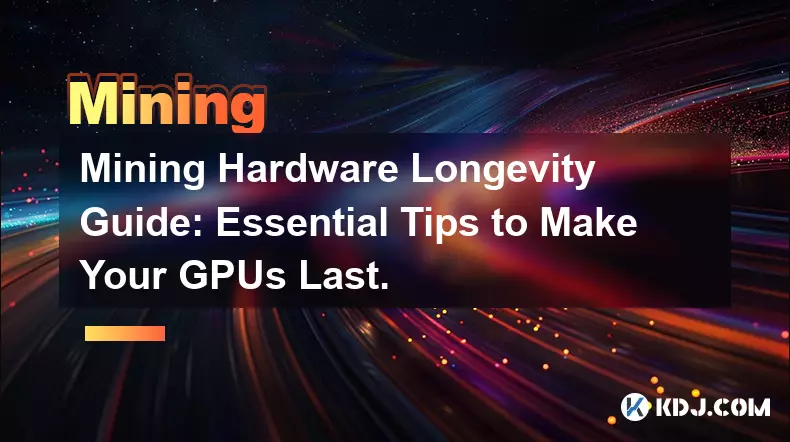
Mining Hardware Longevity Guide: Essential Tips to Make Your GPUs Last.
Nov 01,2025 at 04:00pm
Mining Hardware Longevity Guide: Essential Tips to Make Your GPUs LastAs cryptocurrency mining continues to attract both hobbyists and professionals, ...
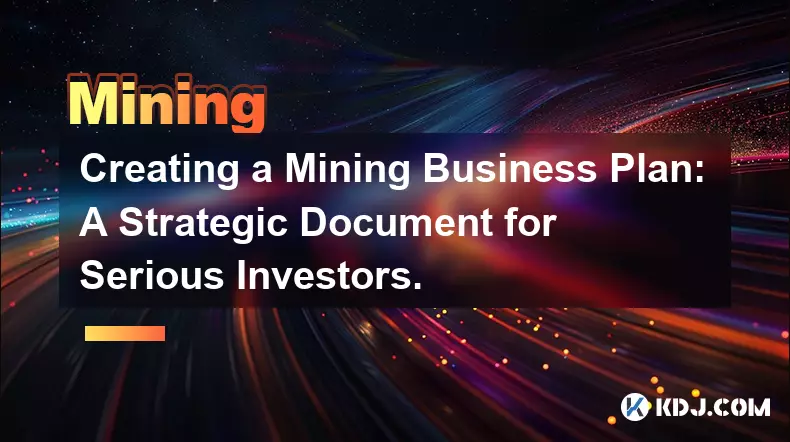
Creating a Mining Business Plan: A Strategic Document for Serious Investors.
Nov 04,2025 at 08:54pm
Defining the Core Objectives of a Cryptocurrency Mining Venture1. Establishing a clear mission for the mining operation ensures alignment with investo...
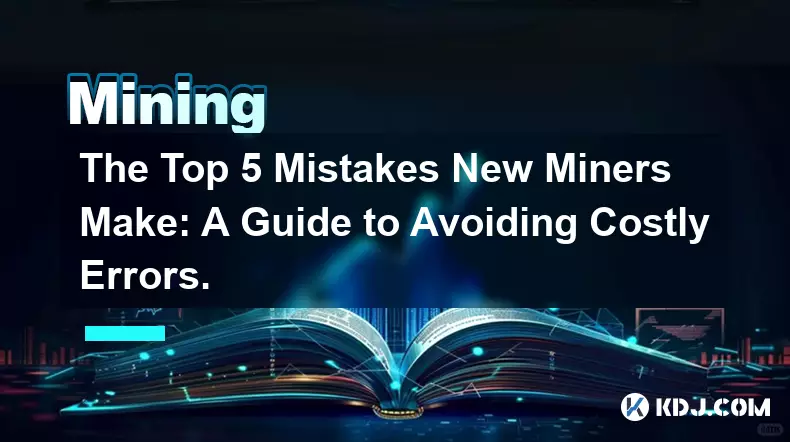
The Top 5 Mistakes New Miners Make: A Guide to Avoiding Costly Errors.
Nov 01,2025 at 10:18am
The Top 5 Mistakes New Miners Make: A Guide to Avoiding Costly Errors Entering the world of cryptocurrency mining can be both exciting and overwhelmin...

The Miner's Guide to Market Cycles: When to Hold and When to Sell.
Nov 03,2025 at 07:55pm
The Miner's Guide to Market Cycles: When to Hold and When to Sell Bitcoin mining has evolved from a hobbyist pursuit into a highly competitive, capita...
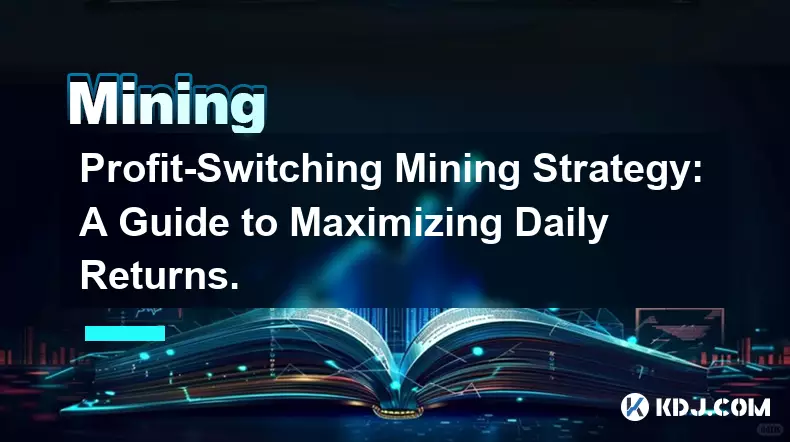
Profit-Switching Mining Strategy: A Guide to Maximizing Daily Returns.
Nov 03,2025 at 11:55am
Understanding Profit-Switching in Cryptocurrency Mining1. Profit-switching is a dynamic mining strategy that automatically redirects computational pow...

Setting Up Mining Alerts: A Guide to Monitoring Your Rigs 24/7.
Nov 03,2025 at 02:54pm
Why Continuous Monitoring Is Crucial in Cryptocurrency Mining1. Cryptocurrency mining operations rely heavily on hardware stability and network connec...

Mining Hardware Longevity Guide: Essential Tips to Make Your GPUs Last.
Nov 01,2025 at 04:00pm
Mining Hardware Longevity Guide: Essential Tips to Make Your GPUs LastAs cryptocurrency mining continues to attract both hobbyists and professionals, ...

Creating a Mining Business Plan: A Strategic Document for Serious Investors.
Nov 04,2025 at 08:54pm
Defining the Core Objectives of a Cryptocurrency Mining Venture1. Establishing a clear mission for the mining operation ensures alignment with investo...

The Top 5 Mistakes New Miners Make: A Guide to Avoiding Costly Errors.
Nov 01,2025 at 10:18am
The Top 5 Mistakes New Miners Make: A Guide to Avoiding Costly Errors Entering the world of cryptocurrency mining can be both exciting and overwhelmin...

The Miner's Guide to Market Cycles: When to Hold and When to Sell.
Nov 03,2025 at 07:55pm
The Miner's Guide to Market Cycles: When to Hold and When to Sell Bitcoin mining has evolved from a hobbyist pursuit into a highly competitive, capita...

Profit-Switching Mining Strategy: A Guide to Maximizing Daily Returns.
Nov 03,2025 at 11:55am
Understanding Profit-Switching in Cryptocurrency Mining1. Profit-switching is a dynamic mining strategy that automatically redirects computational pow...

Setting Up Mining Alerts: A Guide to Monitoring Your Rigs 24/7.
Nov 03,2025 at 02:54pm
Why Continuous Monitoring Is Crucial in Cryptocurrency Mining1. Cryptocurrency mining operations rely heavily on hardware stability and network connec...
See all articles








































































